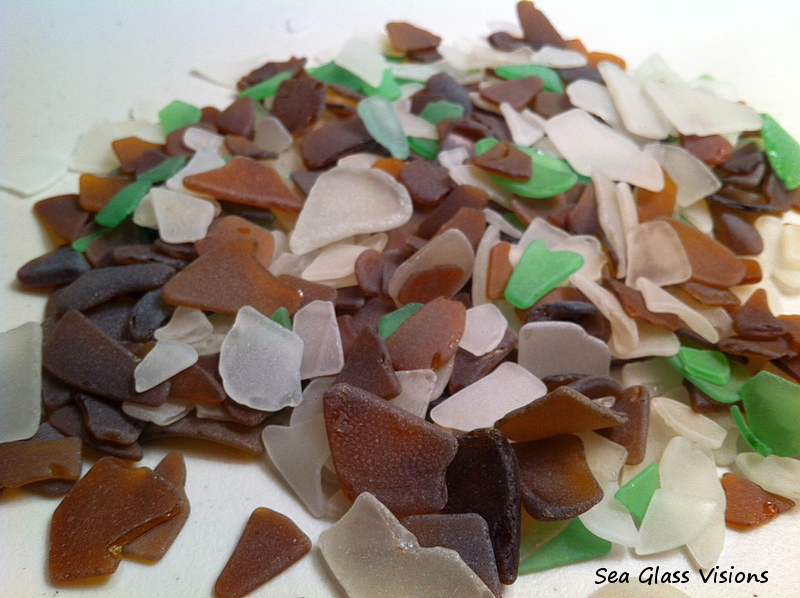“Where do you find sea glass?” is a question people often ask me.
If you’re lucky like I was, someone will show you a spot. If I hadn’t been shown a sea glassing spot by someone who had been shown that spot by someone else, I might not be writing this post today.
I’ve learned that a beach that blessed you with a handful of sea glass on your first visit may not be as giving on your second visit. This can happen anywhere. Don’t ever give up on a spot. All it takes is a quick walk and you will know whether or not it’s worth staying or if it’s time to head to another spot. Perhaps another sea glasser beat you to it on that day. Check back in a few days.
I have also learned that the best places to search for sea glass are those near where there has been industry in the past, or where there has been a land fill in the past. Try to search near an area where glass may have been introduced into the water, maybe near a shipping lane or an area where boaters may have thrown glass overboard. This picture is of sea glass found on a local beach.

Some people are lucky and live near areas where there were glass factories in the past. This is true of some areas in California, where some fabulous artisan sea glass is found and also the northeast coast of England at Seaham Beach. Seaham Beach is renowned for it’s End of Day sea glass, which are the remains from glass factories which were located along the coast for hundreds of years. You can do a Google search to find out whether or not there were any glass factories in your area in the past.
If you live near a river, think about areas that have experienced flooding in the past. Floods carry all types of things downstream and you may find sea glass and pottery that is hundreds of years old. Unfortunately, flooding can wipe areas out too. Depending on the severity of the flooding, you may find more exposed “raw” sea glass, glass that was imbedded in mud that hasn’t been frosted or smoothed. What I refer to as “raw” glass still has it’s appeal to some collectors. Often this glass will still show clear embossing. This leads to another fun part of sea glassing, and one of my favorite things, trying to identify the glass.
Another thing that can affect your sea glass search is the tide. Most people advise that you search at a low tide when the waves have left behind the glass on shore. Make sure you take a look in the water to see what may still be tossing and turning in the surf. Glass on a beach may tend to hide in crevices of rocks and coral so make sure you look there too.
Most importantly, have fun! I consider any day I find a piece of sea glass a good day!
